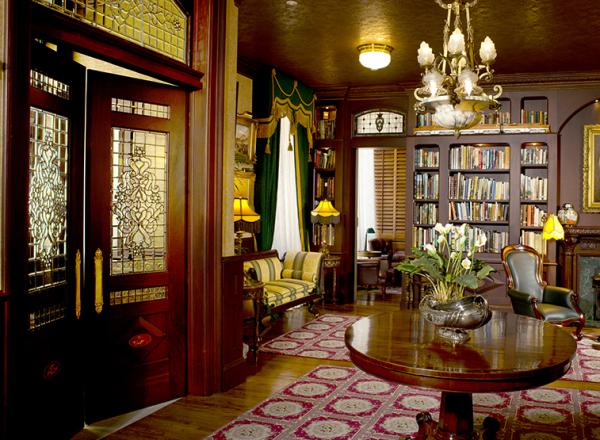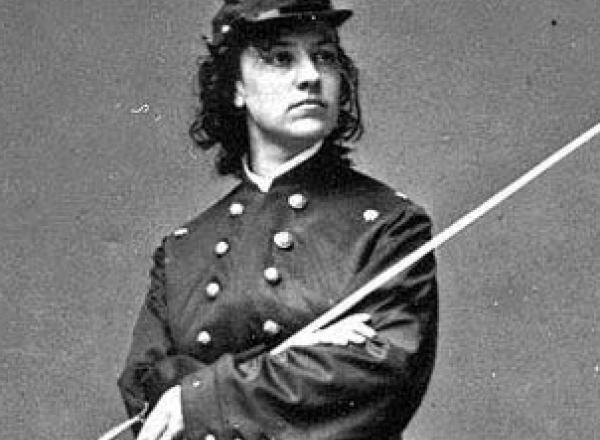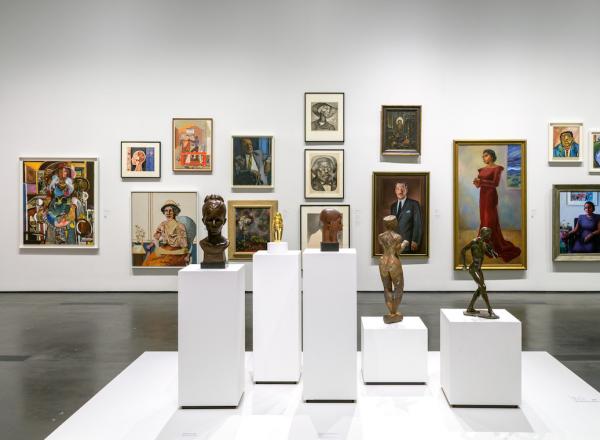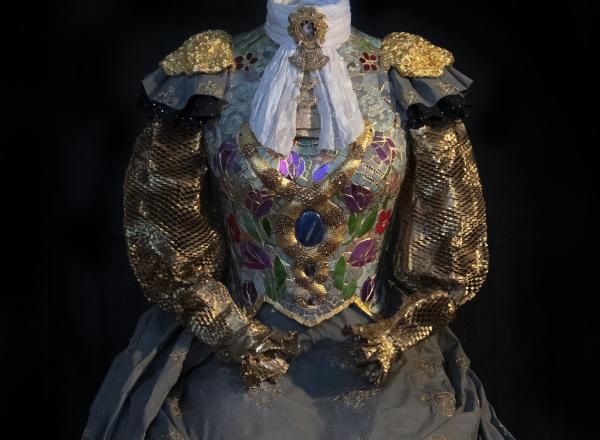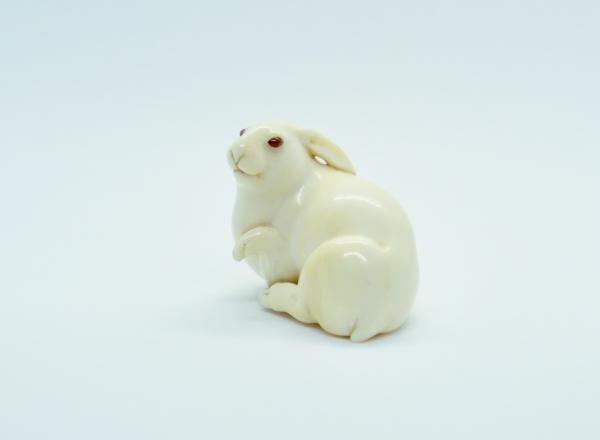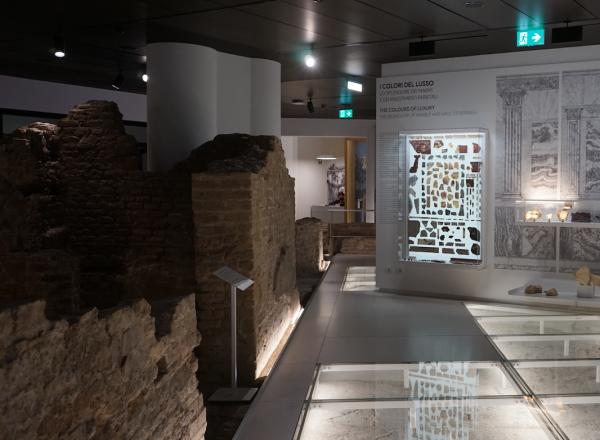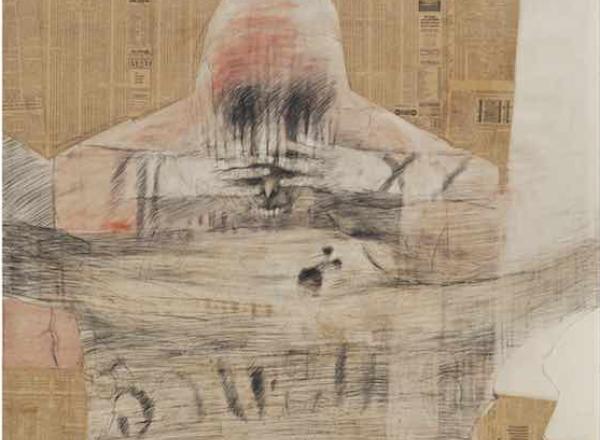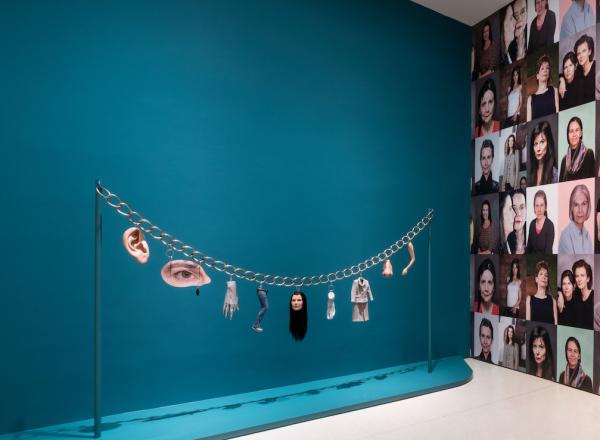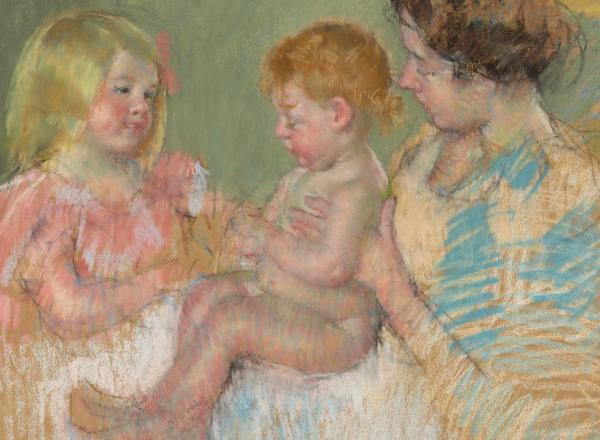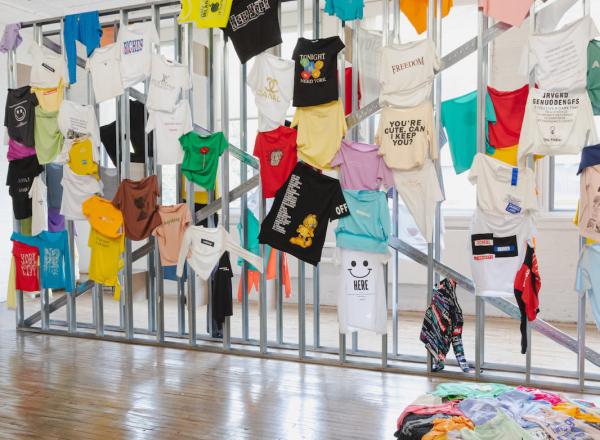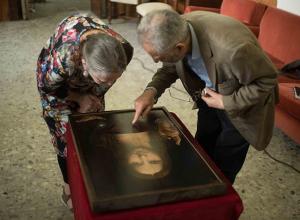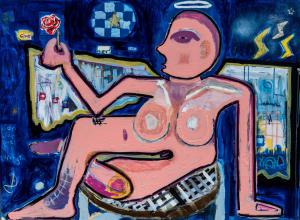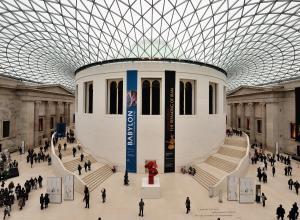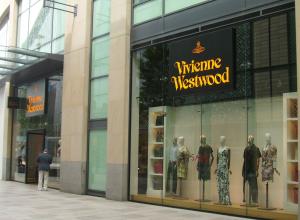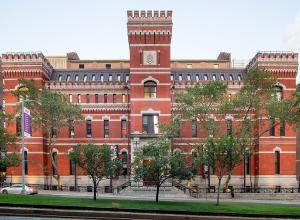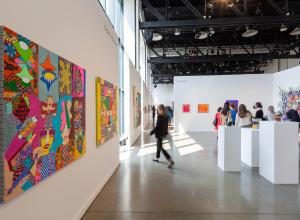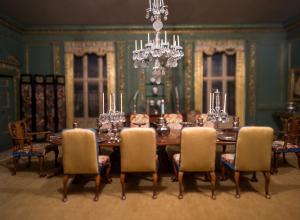Anyone familiar with the Midas touch of Philip F. Anschutz won’t be surprised that the magnate has amassed one of the most impressive and important private Western art collections in the world.
Art News
The exhibition highlights the popularity of the cartes de visite in American society of the early 1860s and how becoming a carte de visite meant being famous, or at least, worthy of collection. Women were no exception to this trend.
Primarily drawn from the LACMA's collection, the exhibition brings together around 140 works spanning roughly 200 years. Subjects include a wide range—from iconic change-makers to ordinary people rendered extraordinary through art.
The first female Haitian artist to exhibit at the Met, Fabiola Jean-Louis was commissioned to create a piece for its groundbreaking current exhibition, Before Yesterday We Could Fly: An Afrofuturist Period Room, inspired by nineteenth-century Seneca Village.
Provenance reveals the lives of collectors and the fortunes and fates that cling to the object like so many layers of dust. Such is the premise for this exhibition in which artist and author de Waal reconstructs the history of his family around a diminutive heirloom passed down through the generations.
Roman ruins are not normally found in the buildings of insurance companies. Yet in the Rome headquarters of Enpam—the National Insurance and Assistance Body for Doctors and Dentists—visitors descend below ground to the remains of an ancient luxury garden complex.
A collection of drawings by Jewish Argentinian-American artist Mauricio Lasansky took the world by storm after their debut at the Whitney Museum of Art in 1967, followed by a tour of North America. The drawings depicted the Holocaust in all its brutal horror.
Besides a play on her name that’s a little on the nose, Gillian Wearing: Wearing Masks also represents the first North American retrospective of the British conceptualist and Turner prize recipient’s thirty-year career.
“All the components together without the term ‘impressionism’ in the title is significant. We’re recognizing American art history for its complexity and richness.” Timothy Standring coined a descriptor for this era of American painting: “American Hybridity."
Like many other pulse-taking surveys of contemporary art, Greater New York was conceived as a way for MoMA, via its PS1 satellite, to put its institutional stamp on the zeitgeist by measuring it through a recurring interval of years.




